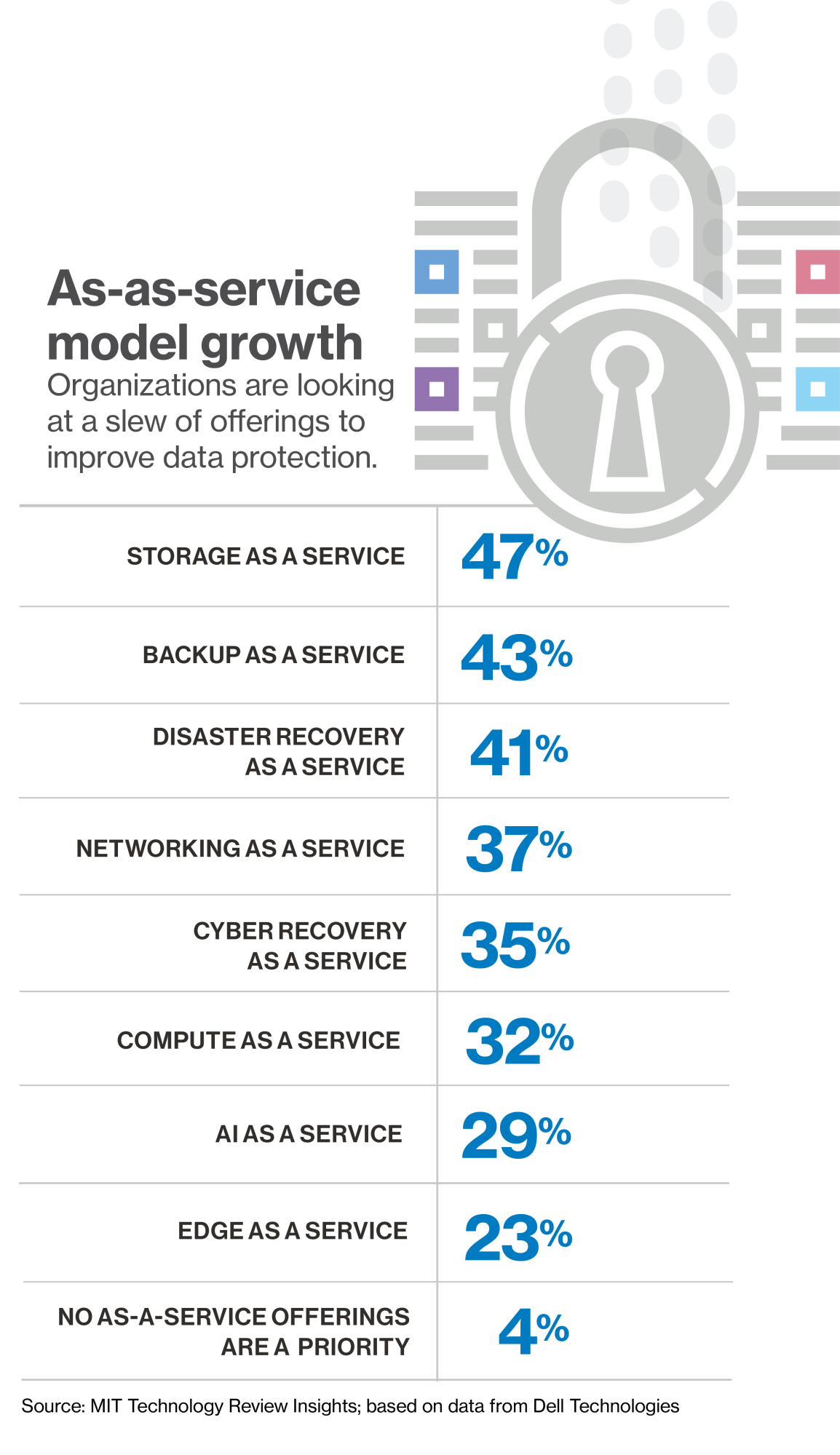[ad_1]
But the right amount of data, clean and properly channeled, can quench a business’s thirst for insight, drive its growth, and drive it to success, says Matt Baker, senior vice president of corporate strategy at Dell Technologies. Like water, the data is neither good nor bad. The question is whether it is useful for this purpose. “It’s hard to get the data aligned correctly, in an inclusive way, in a common format,” Baker said. “It needs to be refined and organized in some way to make it usable, safe and reliable to produce good results.”
Many organizations are overwhelmed with data, according to a recent survey of more than 4,000 decision-makers on behalf of Dell Technologies by Forrester Consulting.1 Over the past three years, 66% have seen an increase in the amount of data they generate – sometimes doubling or even triples – and 75% say data demand in their organizations has also increased.
Research firm IDC estimates that the world generated 64.2 zetabytes of data in 2020, an increase of 23% per year. One zetabyte is a trillion gigabytes – to put it in perspective, that’s enough storage space for 60 billion video games or 7.5 trillion MP3 songs.
The Forrester survey found that 70% of business leaders accumulate data faster than they can effectively analyze and use it. Although executives have vast amounts of data, they have no means to extract insights or value from them – what Baker calls the Ancient Sailor’s paradox, following a line from Samuel Taylor Coleridge’s epic poem Water, Water Everywhere, and Not a Drop for drinking.”
Data streams turn into data floods
It is easy to see why the amount and complexity of data is growing so fast. Each application, gadget, and digital transaction generates a data stream, and these streams flow together to generate even more data streams. Baker offers a potential future scenario in retail. A customer phone loyalty app tracks his visit to an electronics store. The app uses the camera or Bluetooth proximity sensor to find out where it is and touches the information the retailer already has about customer demographics and buying behavior in the past to predict what they may buy. As it traverses a specific path, the app generates a special offer for ink cartridges for the customer’s printer or an upgraded controller for its game box. He notes which offers lead to sales, remembers next time, and adds all the interactions to the ever-growing pile of retailer sales and promotions, which can then attract other smart-targeting buyers.

Adding to the complexity is often the cumbersome mass of inherited data. Most organizations do not have the luxury of building data systems from scratch. They may have accumulated data on years that need to be cleaned up to be “drinkable,” Baker said. Even something as simple as a customer’s date of birth can be stored in half a dozen different and incompatible formats. Multiply this “pollution” by hundreds of data fields, and achieving clean, useful data suddenly seems impossible.
But abandoning old data means abandoning potentially invaluable insights, Baker said. For example, historical data on inventory levels and customer order patterns may be essential for a company trying to create a more efficient supply chain. Advanced retrieval, transformation, and loading capabilities designed to organize different data sources and make them compatible are key tools.
Download the full report.
This content was created by Insights, the personalized content of the MIT Technology Review. Not written by the MIT Technology Review.
[ad_2]
Source link